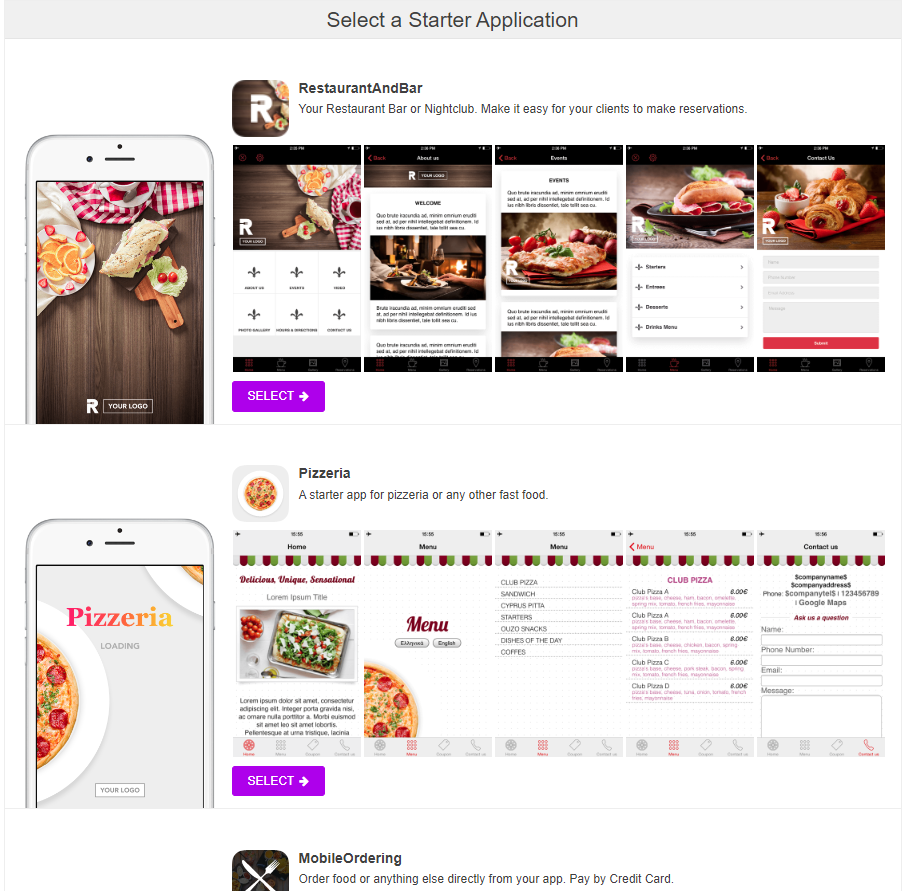
Turning an idea into a fully functional mobile App is an exciting journey. It involves several critical steps, from the initial brainstorming to the final launch in the App stores. This comprehensive guide outlines transforming your concept into reality, ensuring your venture into App development is as smooth and successful as possible. Read on if you want to develop a mobile App.

The first step in creating a mobile App is ideation. This is where you identify a gap in the market, a better way to enhance engagement and communication, or imagine a new service that could benefit your target audience. Conducting thorough market research at this stage is crucial to understanding your potential users' needs and preferences. Tools such as surveys, focus groups, and competitor analysis can be valuable in shaping your initial concept into a viable App idea.
During the ideation phase, it's also beneficial to employ creative thinking techniques like brainstorming, mind mapping, or even the SCAMPER method (Substitute, Combine, Adapt, Modify, Put to another use, Eliminate, and Reverse) to explore different angles and innovations for your App like utilising a free App creator. This can lead to the discovery of unique features or services not currently offered by competitors.
Considering technological trends and advancements can inspire features that leverage new technologies (eg. AR/VR, AI, IoT) to solve problems in previously impossible ways. Engaging with potential users through social media or online forums can also provide direct insights into what your target audience is looking for, further refining your App concept.
Once you have a clear App concept, the next step is planning. This phase involves mapping out the desired functionality of your App, deciding on the features to include in the initial launch and those that can be added later as updates. Establishing a roadmap for your App helps keep the development process organised. It ensures that all stakeholders clearly understand the project's direction.
Developing mobile App plans should also include choosing the right technology stack, deciding between native and cross-platform development, and setting a realistic budget and timeline for the project.
Design is not just about the visual elements of your App; it's also about how intuitively users can navigate and interact with it. The App design process should focus on creating a seamless user experience (UX) and an attractive user interface (UI). Prototyping tools can create interactive models of your App, which can then be tested with real users to gather feedback and make necessary adjustments.
In addition to the core visual and interactive elements, the design phase should also prioritise accessibility and inclusivity. Considering how your App can be accessed by people with disabilities can your App’s potential user base. This might include features like screen reader compatibility, adjustable text sizes and colour contrast options.
Inclusivity in design broadens your App's Appeal and usability, making it more welcoming and functional for a diverse audience. By integrating these principles early on, you can avoid the need for costly redesigns later in the development process.
The development phase is where the actual coding happens. Depending on your requirements, you may develop a mobile App for iOS, Android, or both target platforms. Following agile development practices is essential, allowing flexibility and regular testing to identify and fix issues as they arise. Continuous integration and deployment can streamline this process, ensuring that new features and fixes are implemented efficiently.
Beyond the coding and technical architecture, the development phase should also focus on building a scalable and secure App. Scalability ensures that your App can handle growth, from an influx of new users to adding new features, without compromising performance.
Security is equally critical, as users may need to trust your App creation with their personal and sensitive data. Implementing robust encryption methods, secure authentication mechanisms, and regular security audits can protect your App from threats and vulnerabilities, safeguarding your users' information and your company's reputation.
Testing is critical to the success of your mobile App. It should be conducted throughout the development process, not just at the end. Different types of testing, including unit testing, integration testing, and user acceptance testing, can help ensure that your App creation is reliable, performs well under various conditions and delivers a quality user experience.
Effective testing also involves simulating real-world scenarios to understand how your App behaves in different environments and under various stress conditions. Load testing, for example, can reveal how your App performs under heavy usage, while compatibility testing ensures that it works across different devices, operating systems and network conditions.
By rigorously testing your App under conditions that mimic those of your end users, you can identify and resolve issues that have yet to be apparent in a controlled development environment. This holistic approach to testing is essential for delivering a polished, reliable App that meets the high expectations of today's users.
Before launching your App, you should prepare marketing materials, create a landing page and run a beta test to gather early feedback. The launch phase also involves submitting your App to the relevant App stores, following their submission guidelines closely to avoid delays.
Free App creator tools can be a great resource for small businesses or individuals looking to launch their Apps without a significant upfront investment in custom development. These platforms offer a range of templates and drag-and-drop features, making App development accessible to non-developers.
After launching your App, the focus shifts to monitoring its performance, gathering user feedback, and improving continuously. Marketing efforts should be ongoing to attract new users and retain existing ones. Analytics play a crucial role in this phase, providing insights into user behaviour and App performance.
Developing a mobile App from concept, through App creation and launch is a multifaceted process requiring careful planning, execution and ongoing management. By understanding each stage of development and focusing on creating a quality user experience, you can increase your App's chances of long term success in the competitive App market.
Remember, the journey doesn't end at launch. The most successful Apps continue to evolve based on user feedback and changing market trends.
Contact App Wizard today at 1300 304 224 or email us at info@appwizard.com.au. We can help you develop a mobile App with our expert development team. Don't wait to make your App dream a success. Reach out now and take the first step towards launching your groundbreaking App!

Apps are a proven way to generate innovative revenue streams,
attract repeat business and establish customer loyalty.
App technology enables superior stakeholder engagement and
the ability to share information
unlike any other communication tool.
Have you thought about developing an App but have been put off by the cost?
Think again. With App Wizard, you can develop your App for Free!
Get Started Today!